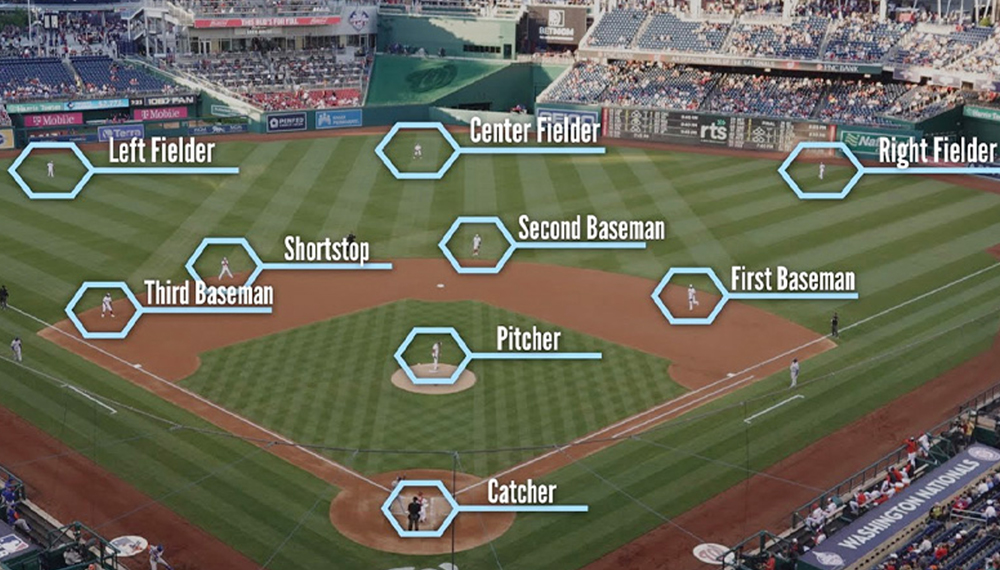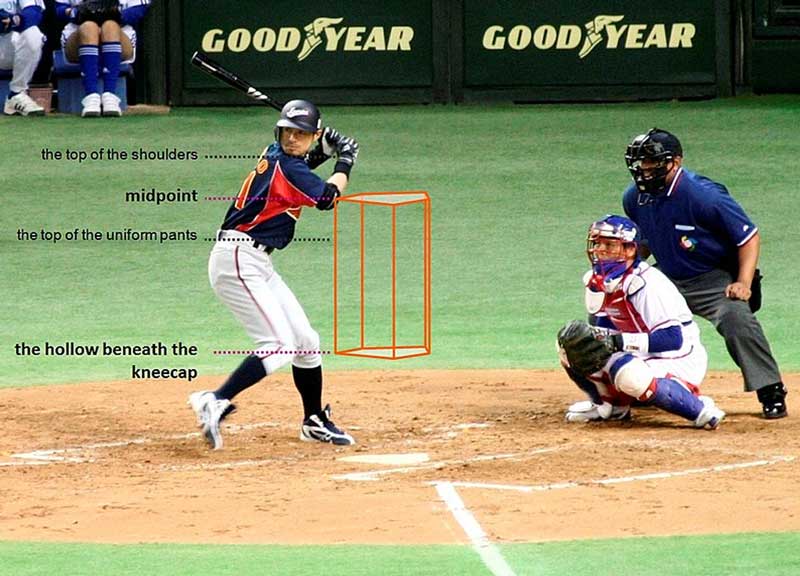The outfield in baseball is a sprawling canvas where outfielders paint their masterpiece with every fly ball and line drive. To excel in the outfield, you need an arsenal of skills, from precise catches to laser-accurate throws and impeccable positioning. In this comprehensive guide, we’ll delve into the essential tools and techniques that define a stellar outfielder’s game.
1. Catching Mastery
The outfield is where the art of catching reaches its zenith. To become a maestro of fly balls and line drives, focus on:
Reading the Ball: Track the ball off the bat and read its trajectory early. Anticipate its flight path to get a jump on your positioning.
Soft Hands: Use your glove as a soft cushion to receive the ball. Absorb the impact to secure the catch.
Judging Distance: Develop a keen sense of judging the distance of fly balls. Understand when to make a stationary catch or take a few steps to get under the ball.
Diving and Sliding Catches: Practice diving and sliding catches for balls that are just out of reach. Learn to land safely while maintaining control of the ball.
2. Throwing Accuracy
Outfielders need precision when throwing to bases. Work on your throwing accuracy by:
Strong and Accurate Throws: Develop a powerful throwing arm while maintaining accuracy. Focus on a consistent release point and follow-through.
Cutoffs and Relays: Master the art of becoming a cutoff player when necessary. Relay the ball to the appropriate base to prevent runners from advancing.
3. Positioning Prowess

Positioning in the outfield is a blend of science and intuition. Consider these tips:
Game Situation Awareness: Always know the score, inning, number of outs, and baserunners. This information informs your positioning.
Opposite Field and Pull Hitters: Adjust your positioning based on the batter’s tendencies. Move closer to the foul line for pull hitters and shade towards the opposite field for hitters with that tendency.
Depth of Position: Position yourself at the ideal depth. Too deep, and short bloops become hits; too shallow, and deep drives sail over your head.
4. Wall Play
The outfield wall is a unique challenge. Learn to play it effectively:
Read the Wall: Understand the distance and angles of the outfield wall. Gauge how far you can go before making contact with it.
Carom Mastery: Use the wall to your advantage. Learn to play caroms off the wall to quickly get the ball back into the infield.
5. Communication and Coordination
Effective communication is vital:
Calling for the Ball: Always call for fly balls early and loudly to avoid collisions with teammates. The player with the best angle should take charge.
Coordination with Infielders: Communicate with infielders on plays involving runners tagging up or advancing. Make sure everyone is on the same page.
6. Game Awareness

Constantly scan the field and be aware of game situations:
Backing Up Throws: Always be ready to back up throws to other bases. This ensures you’re in position to prevent runners from advancing on errant throws.
7. Learn from the Pros
Watch professional outfielders in action. Study their positioning, routes to the ball, throwing mechanics, and how they handle plays near the wall.
8. Practice with Purpose
Repetition is the key to mastering outfield play. Create drills that mimic game situations and focus on different aspects of your game.
The outfield is where games are saved with spectacular catches and runners are stopped in their tracks with pinpoint throws. To thrive in the vast expanse of the outfield, hone your catching, throwing, and positioning skills. Remember that outfield play is an art form, and with dedication and practice, you can become the outfield Picasso your team relies on to make extraordinary plays and safeguard the grassy terrain from home runs and extra-base hits.
